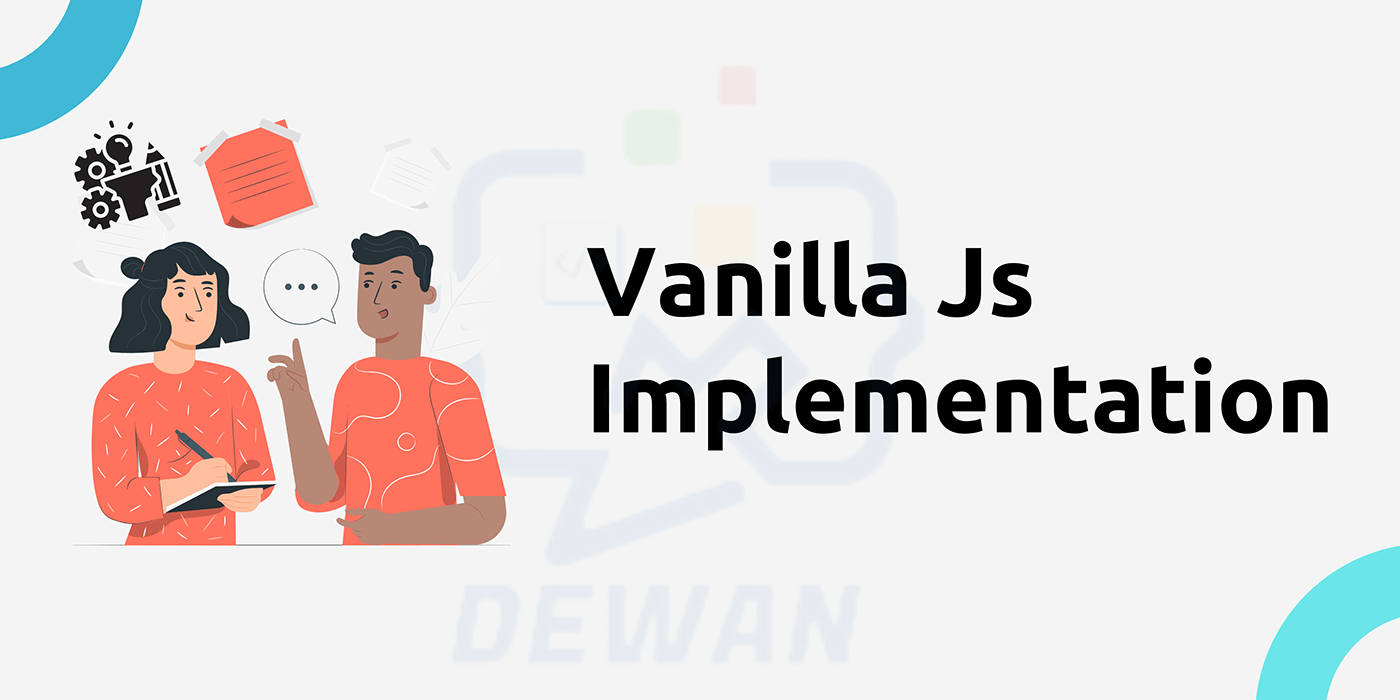
Introduction
Vanilla JS, is a period used to describe JavaScript code written without using any additional libraries or frameworks. it's by far the middle JavaScript language that serves as the inspiration upon which more advanced JavaScript frameworks are built. Vanilla JS offers numerous benefits, together with higher manipulation over the codebase, improved overall performance, and simpler debugging. In this newsletter, we will explore diverse elements of Vanilla JS, such as DOM manipulation, occasion dealing with, asynchronous programming, running with APIs, building person interfaces, and testing and debugging strategies. By gaining knowledge of those principles, you could create engaging internet experiences with the usage of Vanilla JS, showcasing the energy and versatility of the middle JavaScript language.
Read This Full Article On Our Website:
Understanding Vanilla JavaScript
Vanilla JavaScript refers to JavaScript code written where we do now not want any extra frameworks or libraries. it is the muse upon which more superior JavaScript frameworks are constructed. Vanilla JavaScript gives numerous benefits, such as higher manipulation over the codebase, improved overall performance, and simpler debugging.
DOM Manipulation in Vanilla JS
DOM Manipulation refers to the technique of interacting with and enhancing the record object model (DOM) of a webpage with the usage of JavaScript. In Vanilla JS, you could manage the DOM to dynamically replace, create, or take away factors on a website. here are a few key strategies and techniques for DOM manipulation in Vanilla JS.
Accessing Elements
To manipulate factors on a website, you first want to access them with the use of various techniques like getElementById(),querySelector(), and querySelectorAll().
getElementById(identification): This method retrieves a detail of the use of its unique id.
querySelector(selector): This method returns the primary element that suits the furnished CSS selector.
querySelectorAll(selector): This technique returns all factors that shape the furnished CSS selector.
Modifying Elements
Once you've got accessed the preferred elements, you can manipulate them with the usage of various houses and techniques.
innerHTML: This assets permits you to set or retrieve the HTML content of a detail.
innerText: This belonging sets or retrieves the text content of a detail, ignoring HTML tags.
textContent: This property sets or retrieves the obvious text content material of an element, along with HTML tags.
classList: This property allows you to govern the CSS lessons of an element, including, getting rid of, or toggling training.
fashion: This belonging permits you to regulate the inline CSS kinds of detail.
Creating and Inserting Elements
You can also dynamically create new elements and insert them into the DOM with the use of the subsequent techniques.
report.createElement(tagName): This approach creates a new element with the specified tag name.
parentNode.appendChild(newElement): This method appends a brand new detail because of the last baby of its discern node.
parentNode.insertBefore(newElement, referenceNode): This method inserts a brand new element before a particular reference node within its determined node.
Removing Elements
To take away factors from the DOM, you may use the subsequent techniques.
element.eliminate(): This technique gets rid of the specified element from its parent node.
parentNode.removeChild(toddler): This approach eliminates a toddler element from its figure node.
By studying those DOM manipulation techniques in Vanilla JS, you may create dynamic and interactive web applications without difficulty.
Event Listeners
Event listeners are features that execute whilst a particular occasion takes place. to connect an occasion listener to an HTML element, you can use the addEventListener() approach.
element.addEventListener(eventType, eventHandler);
element: The HTML element to which you need to connect the event listener.
eventType: The sort of event you need to pay attention to, including "click", "mouseover", or "keypress".
eventHandler: The characteristic to be achieved while the required occasion occurs.
Common Event Types
Some not-unusual event sorts you can need to listen for your Vanilla JS packages include.
click on: Fired whilst a person clicks on a detail.
mouseover: Fired whilst a person's mouse pointer enters a detail.
mouseout: Fired while a user's mouse pointer leaves a detail.
load: Fired whilst an internet page has completed loading.
scroll: Fired whilst a user scrolls inside an element.
Conclusion
In conclusion, vanilla JavaScript is a powerful and flexible approach to web development that allows developers to create dynamic, interactive, and responsive user experiences without relying on external frameworks or libraries. By leveraging the native capabilities of JavaScript, HTML, and CSS, developers can build modular, maintainable, and high-performance applications that are tailored to their specific needs. Creating custom components in vanilla JavaScript involves defining the component structure, styling it with CSS, and encapsulating its functionality within a JavaScript class.


